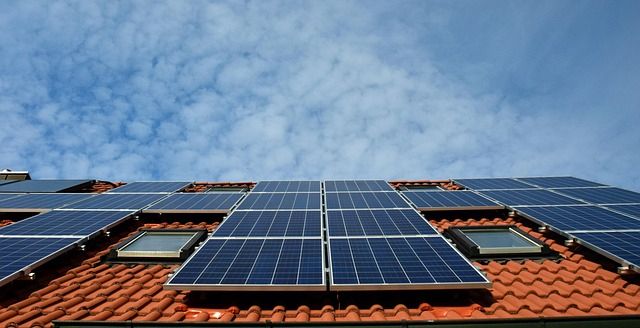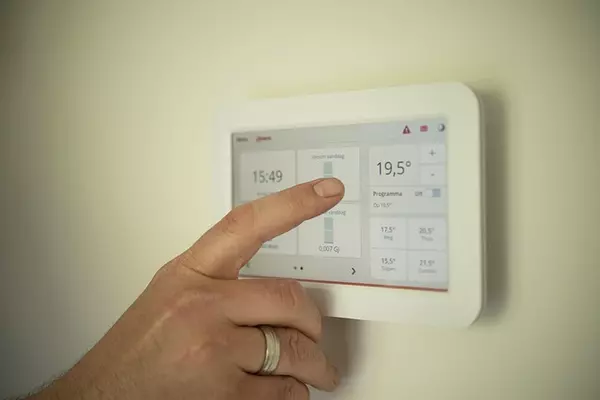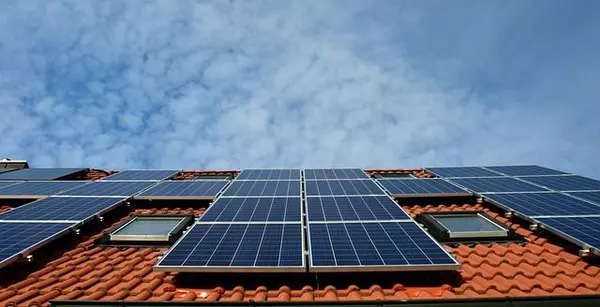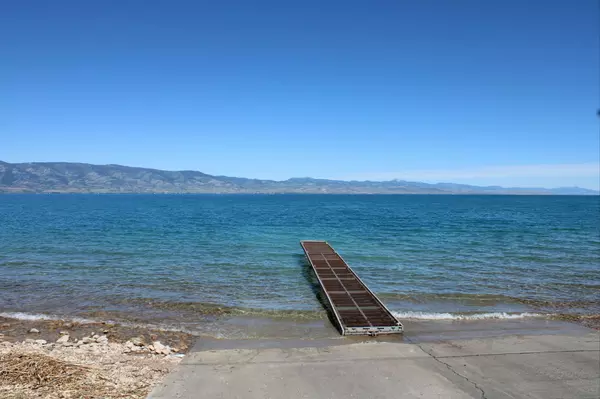Is Solar Power Worth It for Homeowners?
Is Solar Power Worth It for Homeowners?
As energy costs rise and environmental concerns grow, many homeowners are turning their eyes to the sun, wondering if solar power is a smart investment. Solar panels promise clean energy, lower utility bills, and a reduced carbon footprint, but the upfront costs and complexities can make anyone hesitate. So, is solar worth it for you? Let’s break it down with a clear look at the benefits, costs, and key considerations to help you decide if going solar is a bright move for your home.

The Benefits of Going Solar
1. Slash Your Energy Bills
Solar panels generate electricity from sunlight, directly reducing your reliance on the grid. Depending on your location, system size, and energy usage, you could cut your electricity bill by 50-90%. In sunny regions, some homeowners even achieve net-zero bills, producing as much energy as they consume.
2. Environmental Impact
Solar is one of the cleanest energy sources available. By switching to solar, you’re reducing your carbon footprint and contributing to a more sustainable future. For eco-conscious homeowners, this is a major draw—every kilowatt-hour generated by solar means less reliance on fossil fuels.
3. Energy Independence
With solar, you’re less vulnerable to fluctuating energy prices or power outages. Adding a battery storage system, like a Tesla Powerwall, can further enhance this independence, letting you store excess energy for use during cloudy days or blackouts.
4. Incentives and Tax Breaks
Governments worldwide offer incentives to make solar more affordable. In the U.S., the federal Investment Tax Credit (ITC) allows you to deduct 30% of your solar installation costs from your federal taxes (as of 2025). Many states also provide rebates, tax exemptions, or net metering programs, where you earn credits for excess energy fed back to the grid.
5. Increased Property Value
Homes with solar panels often sell for more. Studies show that buyers are willing to pay a premium—around 4% on average—for homes with solar systems, as they see the long-term savings and environmental benefits.
The Costs of Going Solar
1. Upfront Investment
The biggest hurdle is the initial cost. A typical residential solar system (6-8 kW) costs $15,000-$25,000 before incentives, depending on your location and system size. Adding battery storage can push this to $25,000-$40,000. While incentives reduce the sting, it’s still a significant expense.
2. Maintenance and Repairs
Solar panels are low-maintenance, but not maintenance-free. Panels typically last 25-30 years, but inverters (which convert solar energy into usable electricity) may need replacement every 10-15 years, costing $1,000-$3,000. Cleaning panels or repairing damage from extreme weather can also add costs.
3. Roof and Installation Challenges
Not every home is ideal for solar. Your roof needs adequate sunlight (south-facing is best in the Northern Hemisphere), enough space, and structural integrity to support the panels. If your roof needs repairs or replacement, those costs can add up before installation.
Key Considerations Before Going Solar
1. Your Energy Usage
Calculate your average electricity consumption to size your system correctly. If your usage is low, the payback period may be longer. High-energy users, like those with large homes or electric vehicles, often see faster returns.
2. Location and Climate
Solar works best in sunny regions, but modern panels are efficient even in less-than-ideal conditions. Check your area’s solar potential using tools like Google’s Project Sunroof or consult a local installer to estimate energy production.
3. Payback Period
The payback period—how long it takes to recoup your investment through savings—typically ranges from 6-12 years. Factors like electricity rates, incentives, and system size influence this. After payback, the savings are essentially “free” energy for the life of the system.
4. Financing Options
If the upfront cost is daunting, explore financing. Solar loans, leases, or power purchase agreements (PPAs) can lower the barrier to entry. However, leases and PPAs may reduce long-term savings since you don’t own the system outright.
5. Future Plans
If you plan to move soon, consider whether the increased home value offsets the installation cost. Solar is a long-term investment, so it’s most cost-effective if you stay in your home for at least 7-10 years.
Is Solar Worth It for You?
Solar is often a smart choice for homeowners with high electricity bills, suitable roofs, and a long-term commitment to their home. The financial benefits are clear: lower bills, tax incentives, and increased home value. Plus, the environmental impact makes it a feel-good decision. However, if your roof is shaded, your energy needs are low, or you’re moving soon, the economics may not pencil out.
To decide, get quotes from multiple installers, assess your home’s solar potential, and crunch the numbers for your specific situation. Tools like online solar calculators or consultations with reputable solar companies can provide clarity. In 2025, with energy prices climbing and incentives still available, solar is more accessible than ever.
Final Thoughts
Going solar is like planting a tree today that shades you tomorrow. It requires upfront effort and investment, but the rewards—financial, environmental, and practical—can be substantial. If your home and lifestyle align with solar’s strengths, it’s not just worth it; it’s a brilliant way to power your future.
Ready to explore solar? Check local incentives, evaluate your roof, and start the conversation with a trusted installer. The sun’s waiting—will you harness its power?
Categories
Recent Posts










GET MORE INFORMATION
Agent | License ID: 14225128-SA00

